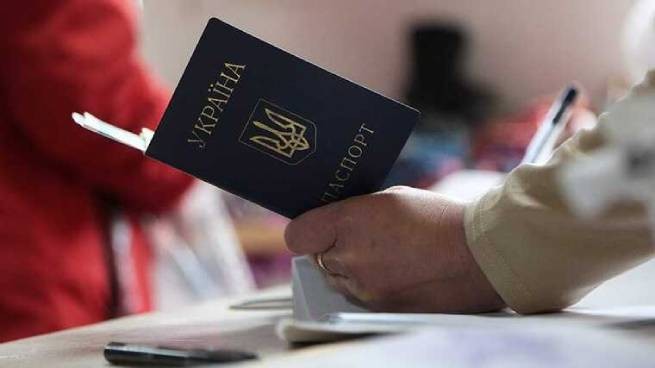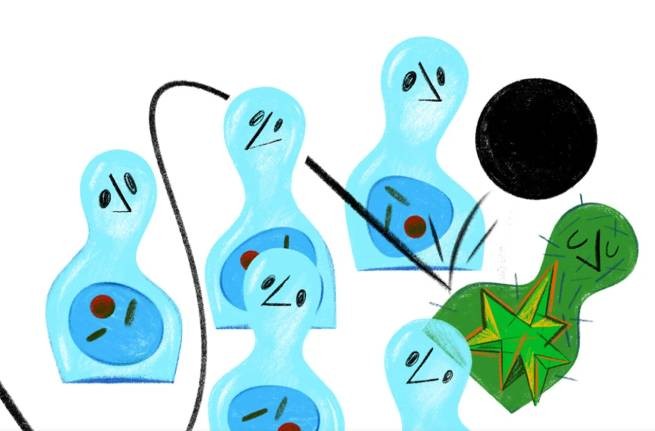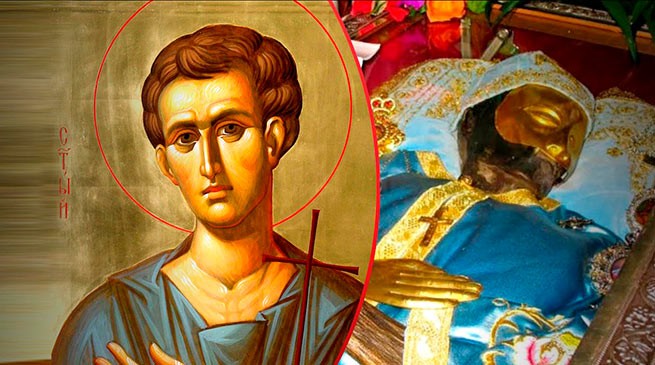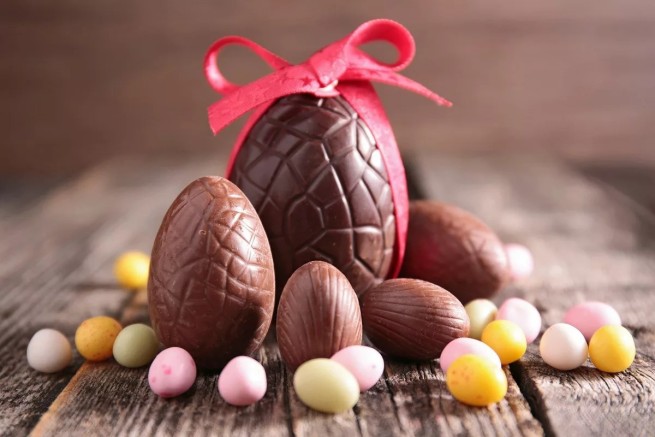Chocolate Easter eggs are one of the most modern Easter traditions. However, few people know that they began to be sold in Greek supermarkets in the 1960s and 1970s.
Chicken eggs have been eaten at Easter for centuries. Eggs have always symbolized rebirth and renewal, making them ideal for celebrating the Resurrection of Jesus, as well as the arrival of spring.
Although today eggs can be eaten during Lent, in the Middle Ages it was prohibited (along with the consumption of meat and dairy products). Medieval cooks often found surprising ways to get around this problem, even cooking fake eggs instead of natural ones. At Easter, eggs and meat, such as lamb, returned to the table as a symbol of rebirth.
Even when eggs were allowed in the Lenten meal, they occupied a special place in the Easter feast. 17th-century cookbook author John Murrell recommended “green eggs,” a type of pesto made from sorrel leaves.
Throughout Europe, eggs were also given as a tithe (a type of tax) to the local church on Good Friday. Perhaps this is where the idea of giving eggs as a gift came from. The practice disappeared in many Protestant regions after the Reformation, but in some English villages the tradition continued into the 19th century.
It is not known exactly when people began decorating eggs, but research suggests that the custom began in the 13th century, when King Edward I gave his courtiers eggs wrapped in gold leaf..
Several centuries later, we know that people all over Europe began to dye eggs different colors. Typically the color chosen was yellow using onion skins or red using beet roots. It was believed that red eggs symbolize the blood of Christ. In England, the most popular way to decorate eggs was with flower petals. The Wordsworth Museum in the Lake District houses a collection of eggs made for children (1870).
Although decorating eggs with patterns is still a common Easter activity, these days eggs as a gift (for example, to a godchild) are more often associated with chocolate. But when did this change happen?
When chocolate arrived in Britain in the 17th century, it was an exciting but also very expensive innovation. In 1669, the Earl of Sandwich (Σάντουιτς) paid £227 (equivalent to approximately €37,000 today) for King Charles II's chocolate recipe. Today chocolate is considered a solid food, but back then it was only ever available in liquid form as a drink and, according to Aztec and Mayan traditions, it was usually flavored with chili peppers. For the British, this new exotic drink was unlike anything they had encountered before. One writer called it “American nectar,” the drink of the gods.
Chocolate soon became a fashionable drink among aristocrats, often given as gifts due to its high prestige, a tradition that is still followed today. Young people enjoyed hot chocolate in a London cafe. Coffee and tea had also just been introduced to England, and all three drinks quickly changed the way the British interacted socially with each other.
Catholic theologians at the time associate chocolate with Easterbut feared that eating chocolate would conflict with Lent practices. After much debate, it was decided that chocolate made with water could be consumed during fasting.
Chocolate remained an expensive commodity until the 19th century, when Fry's (now owned by Cadbury) produced the first solid chocolate bars in 1847, which revolutionized trade. For the Victorians, chocolate was much more affordable, but still something of a treat. Thirty years later, in 1873, Fry's created the first Easter chocolate egg as a luxury treat, combining two Easter gift traditions.
Chocolate eggs became mainstream in the 1960s. Even in the early 20th century, these chocolate eggs were considered a special gift, and many people considered them so valuable that they never ate them. A woman in Wales has kept an egg since 1951(!), for 70 years. And the museum in Torquay recently acquired an egg, which had been stored since 1924, as an exhibit. It wasn't until the 1960s and 1970s that supermarkets began offering chocolate eggs at a lower price, hoping to capitalize on the Easter tradition.







More Stories
The right hand of John the Russian found
Vices and habits of the imperial couple
Archons of Phanar will discuss religious freedom in Athens